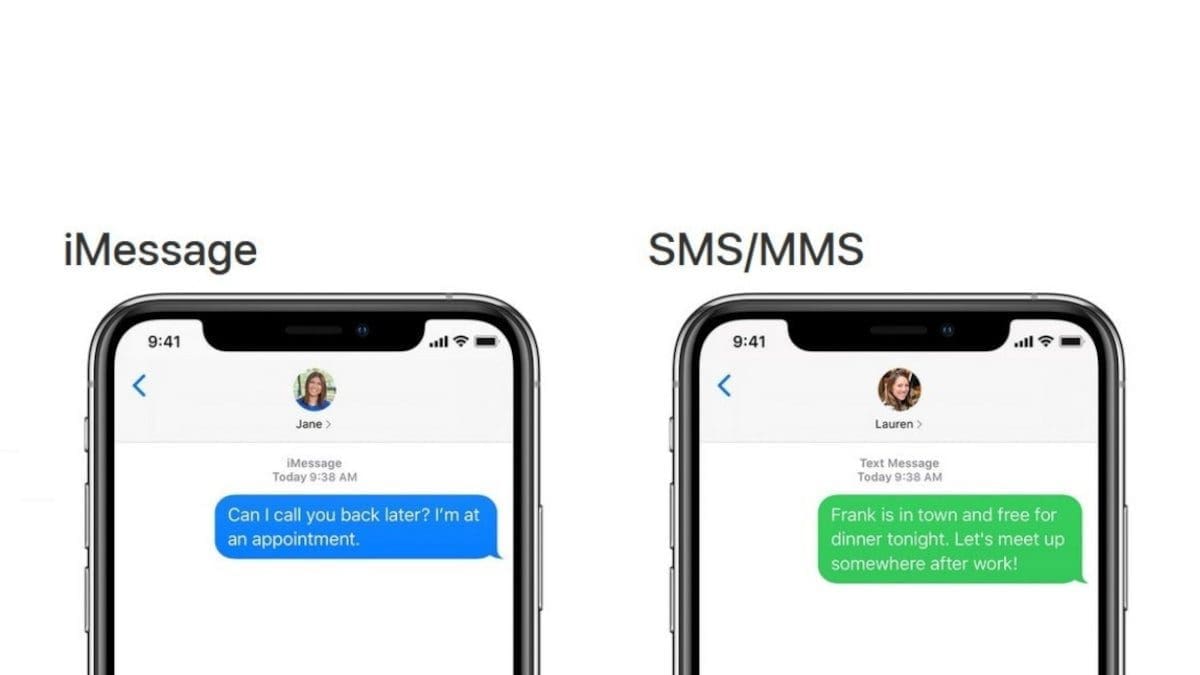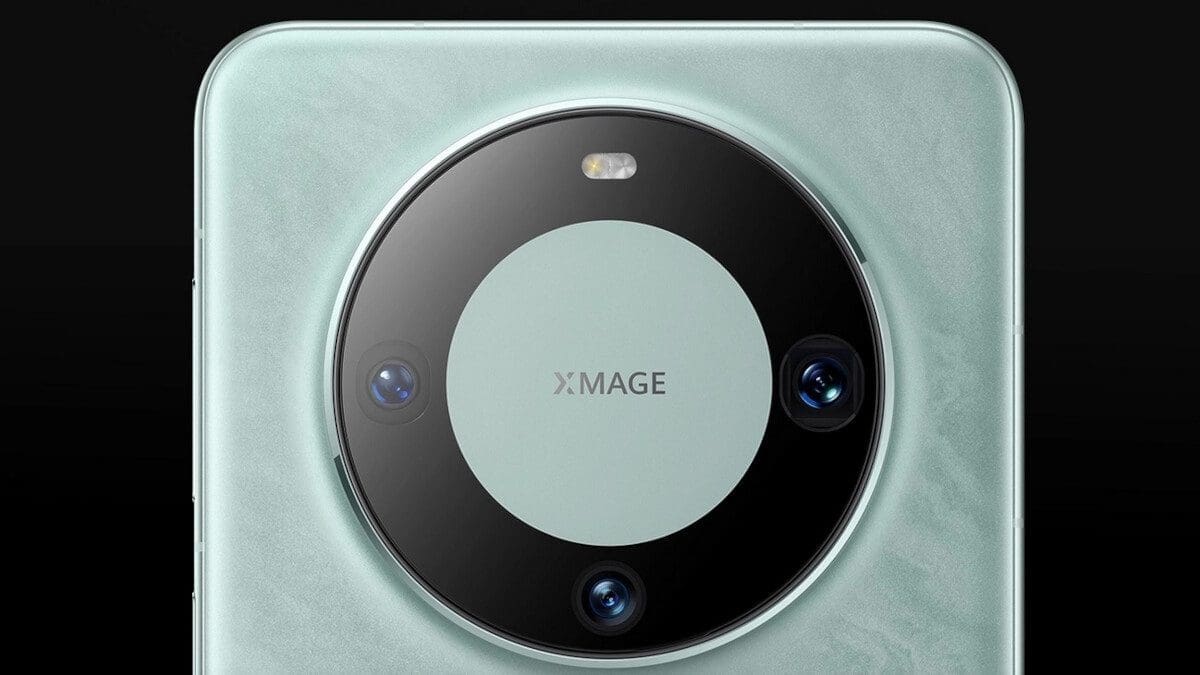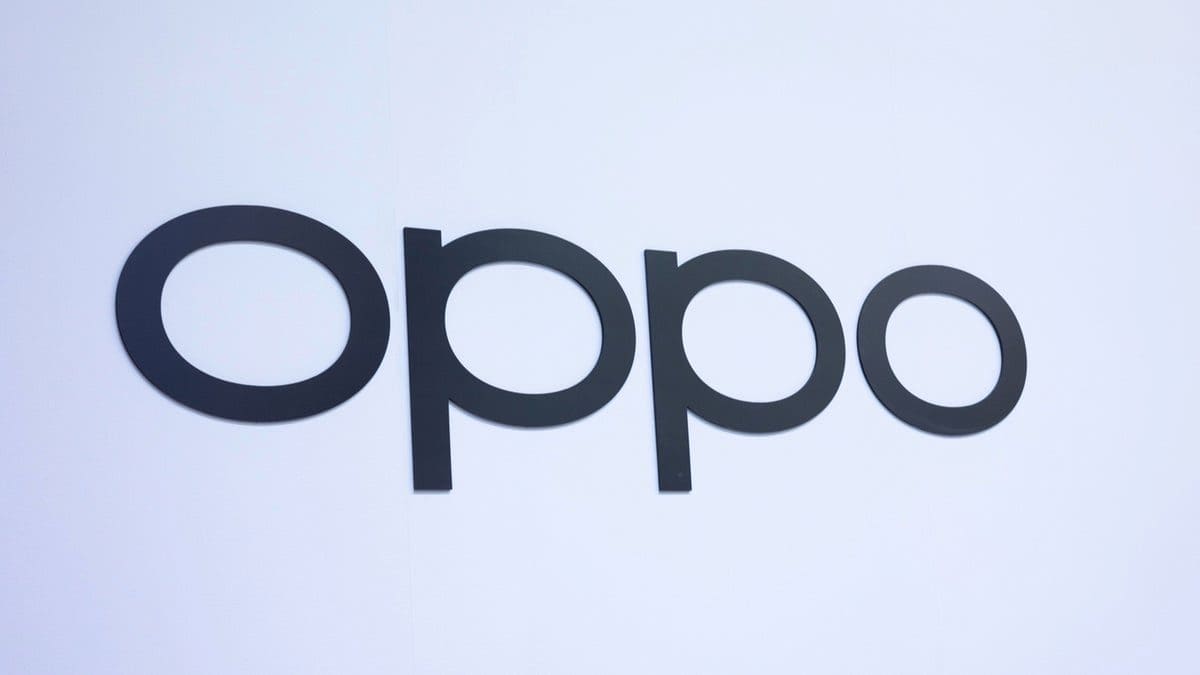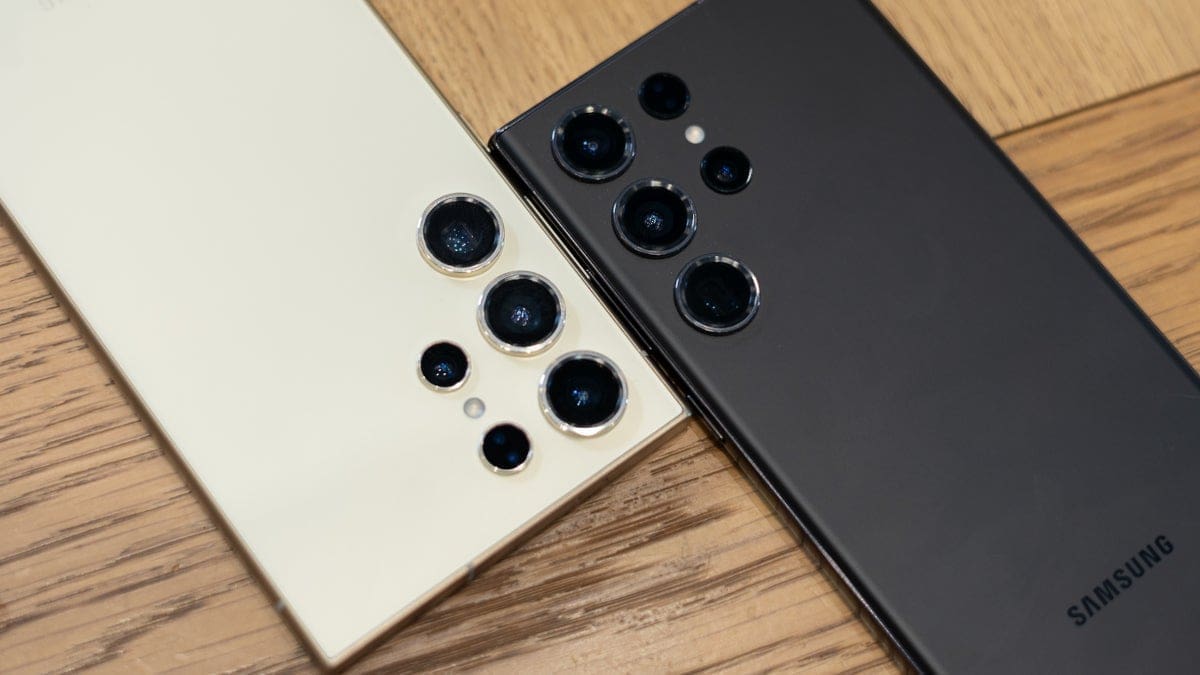In a surprising move, Apple announced last November that the iPhone would support Rich Communication Services (RCS) starting in the second half of 2024. This announcement came as a shock to many, especially since Apple has long considered its iMessage platform a key selling point for the iPhone.
The issue at hand is that while Android users messaging via the Google Messages app have access to features like read receipts, typing indicators, end-to-end encryption, high-quality images, and longer messages, iPhone users only receive these benefits when chatting with other iPhone users. Similarly, Android users only get these features when messaging other RCS users on Android.
Cross-platform messaging is currently limited to old-school SMS text, limiting conversation length and image quality. However, once Apple starts supporting RCS, cross-platform chats will see improvements such as high-quality images, read receipts, typing indicators, and longer messages.
The only sticking point is Apple’s reluctance to support Google’s end-to-end encryption extension used in chats between Google Messages users. Instead, Apple is pushing for the GSMA Standards Body to add encryption to the RCS Universal Profile.
So why did Apple finally decide to support RCS? According to John Gruber writing in Daring Fireball, it all comes down to China. The country is the largest smartphone market in the world and one where Apple is facing fierce competition from Huawei. A new law being considered in China would require all new 5G phones to support RCS. In response, Apple wants to ensure it is prepared for any changes in regulations in this critical market.
Ultimately, this move by Apple represents a significant shift in its approach to messaging technology and reflects its efforts to remain competitive in key global markets like China. With this transition toward supporting RCS on the horizon for iPhones, it will be interesting to see how this impacts user experience and communication capabilities across different platforms.









